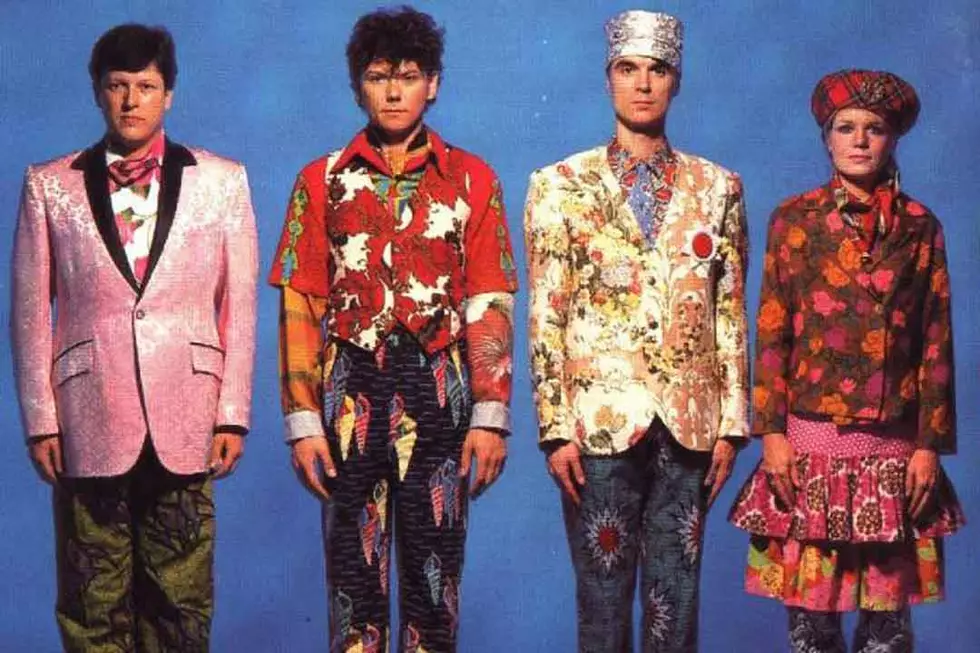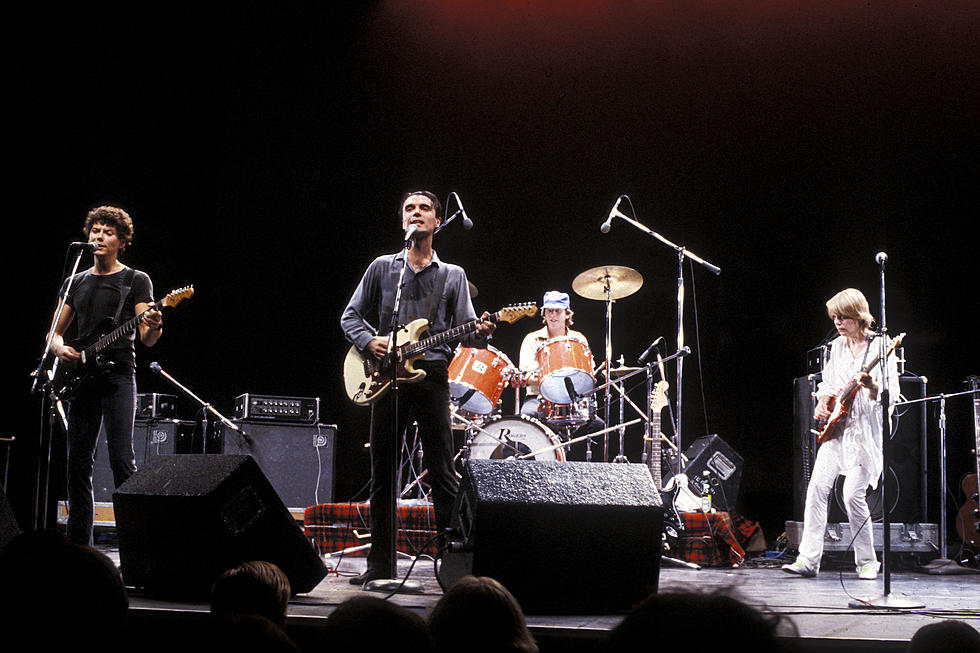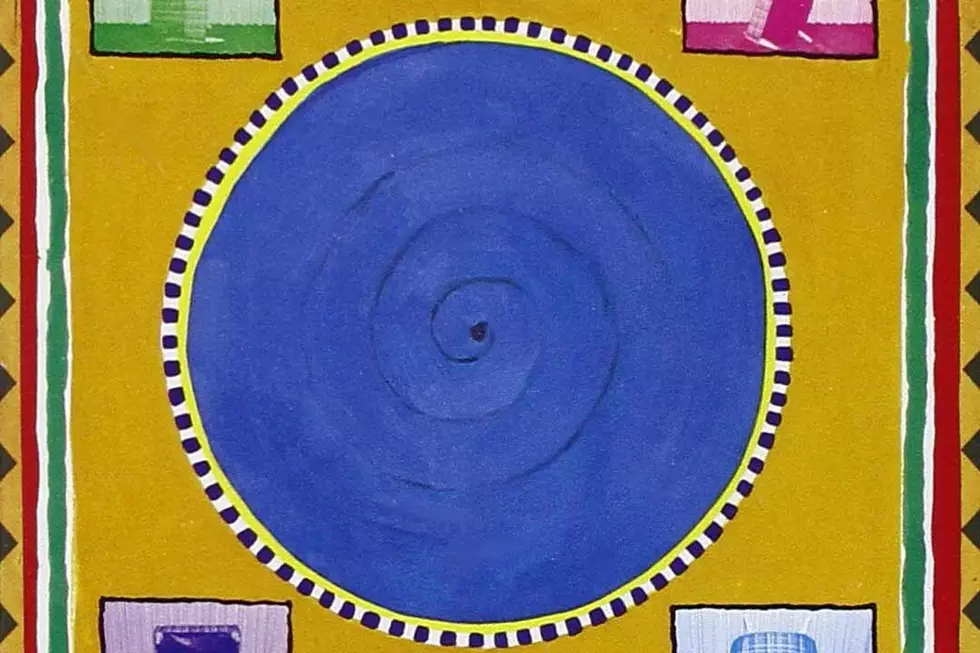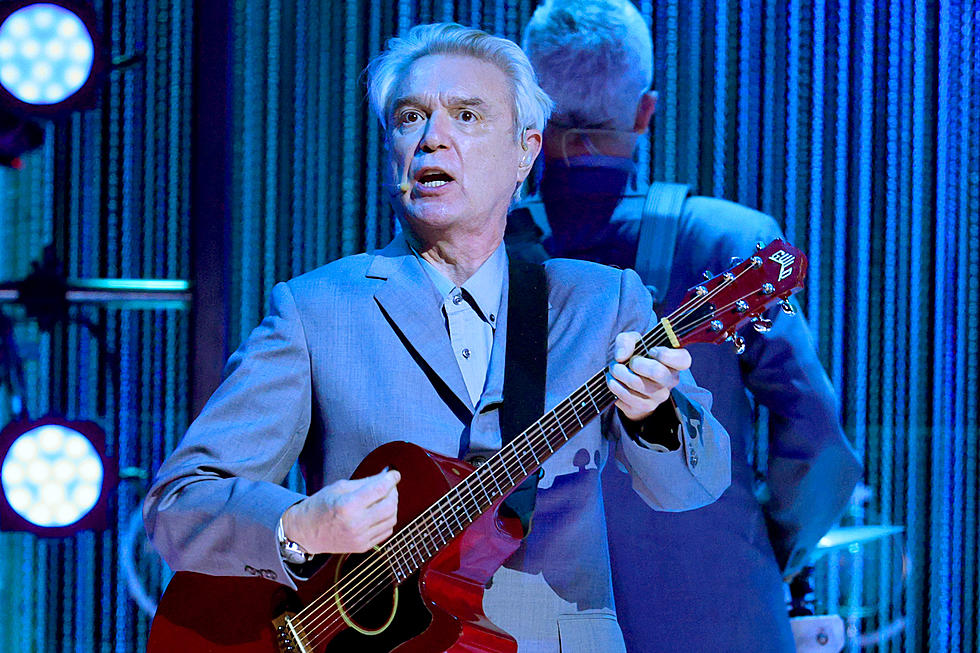
When Talking Heads Made an Americana Move on ‘Little Creatures’
After spending the past decade or so jumping from one genre to the next, Talking Heads made a move that was both unexpected and most expected. Redefining themselves from one of New Wave's most jagged, hyperkinetic groups to a powerhouse funk juggernaut was an ambitious undertaking. Scaling down to something resembling a roots combo for Little Creatures was, in a way, an even more determined move.
Five years earlier, the band incorporated African polyrhythms into an electronic-music landscape that was as boundary-breaking as it was revelatory. Talking Heads were already one of the planet's most adventurous groups, but 1980's Remain in Light was something different. Something bigger. And that sense of scope led frontman David Byrne to tackle an even huger project with 1983's Speaking in Tongues.
That record, more or less, picked up where Remain in Light left off. But for the massive world tour that followed the album's release, the group employed an expanded lineup that included Parliament-Funkadelic members as well as a highly visual stage show that resulted in the movie Stop Making Sense. It took the band to a whole other level. And by 1985, the strain was starting to take its toll on them.
But rather than repeat or even retreat, the core quartet headed in another direction, this time straight into Americana country that might as well have been half a world away from the New York City art community that raised them. With accordions, steel guitars and washboards accompanying songs, Talking Heads didn't so much make a rootsy heartland album as they made their version of what they thought a rootsy heartland album sounded like.
Watch the Talking Heads Perform 'And She Was'
The fit may not have been a natural one, but you'll find few albums from the period that steer so far off course but still manage to come off as joyful as Little Creatures, which was released on June 10, 1985. Byrne's connection to the music of Middle America couldn't have been more tenuous. But his affection for the genre's authenticity serves as his focal point. The accordion that pulls along the closing "Road to Nowhere" would get lost in Appalachia, let alone a Los Lobos record. But the group's winking riff is as big as its heart here.
Same goes for Little Creatures' other highlight, the opening "And She Was." If the rest of the album doesn't quite match those bookends, it at least spreads itself out like a musical cornucopia on songs like "Creatures of Love" (featuring Eric Weissberg of "Dueling Banjos" fame), the horn-speckled "The Lady Don't Mind," the playful "Stay Up Late" and "Walk It Down," which sounds the most like the Heads' previous incarnation with its rumbling percussion and chanting singalong.
Still riding the success from the previous few years (Speaking in Tongues' big single "Burning Down the House" made them MTV stars, and both the movie and soundtrack versions of Stop Making Sense were commercial hits), Little Creatures ended up becoming one of Talking Heads' biggest-selling albums, reaching No. 20 and selling more than two million copies. (It also topped the Village Voice's prestigious Pazz & Jop critics' poll that year.)
Byrne's ambition grew the following year, when he stayed in similar territory for True Stories, a music and movie project based on some new songs. The film featured actors singing the new cuts (like "Wild Wild Life"), while the LP included Talking Heads' versions of those same songs. The movie bombed, the record fizzled – and it eventually widened the rift between Byrne and his bandmates. After one more album, 1988's Naked, they called it quits. Little Creatures remains their last great work, an album with a breadth almost as big as the heartland it looks to for inspiration. And at times it's just as grand.
Top 10 Punk Albums
More From Ultimate Classic Rock









